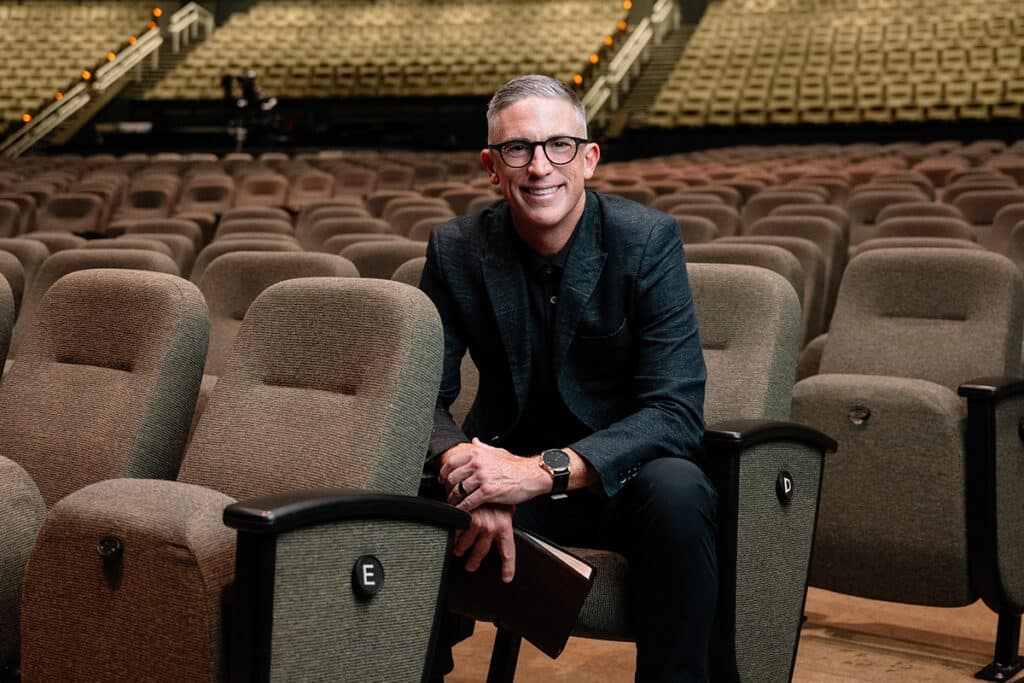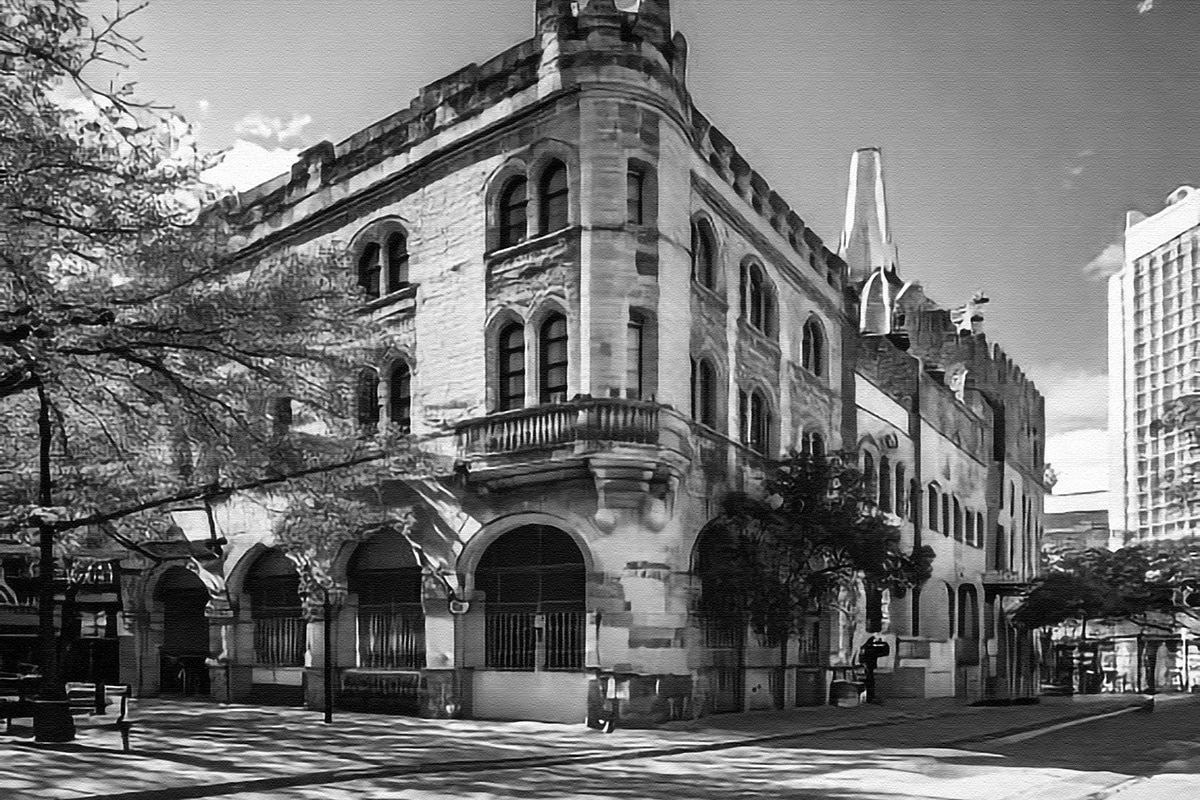
By Michelle Vasquez | Photography by David Teran
San Antonio’s historic preservation efforts balance honoring the past with fostering modern progress. At the forefront of these initiatives are women leaders who are shaping the future of the city’s built environment and cultural heritage.
The Office of Historic Preservation (OHP), led by Shanon Shea Miller, safeguards historic districts and landmarks while innovating through sustainable practices emphasizing environmental and economic sustainability.
Equally influential is Sue Ann Pemberton, former President of the San Antonio Conservation Society (SACS), whose commitment to cultural preservation and modernism helps the city retain its unique identity.
And then there is Angela Burns, a key player in redeveloping historic sites such as the Borden Creamery, an example of how adaptive reuse can blend historical preservation with vibrant, modern spaces. Her work with Only One Hospitality transforms historic buildings into thriving community hubs, seamlessly merging history and hospitality.
Together, these women’s contributions reflect a dynamic approach to historic preservation that safeguards San Antonio’s past while paving the way for its future.
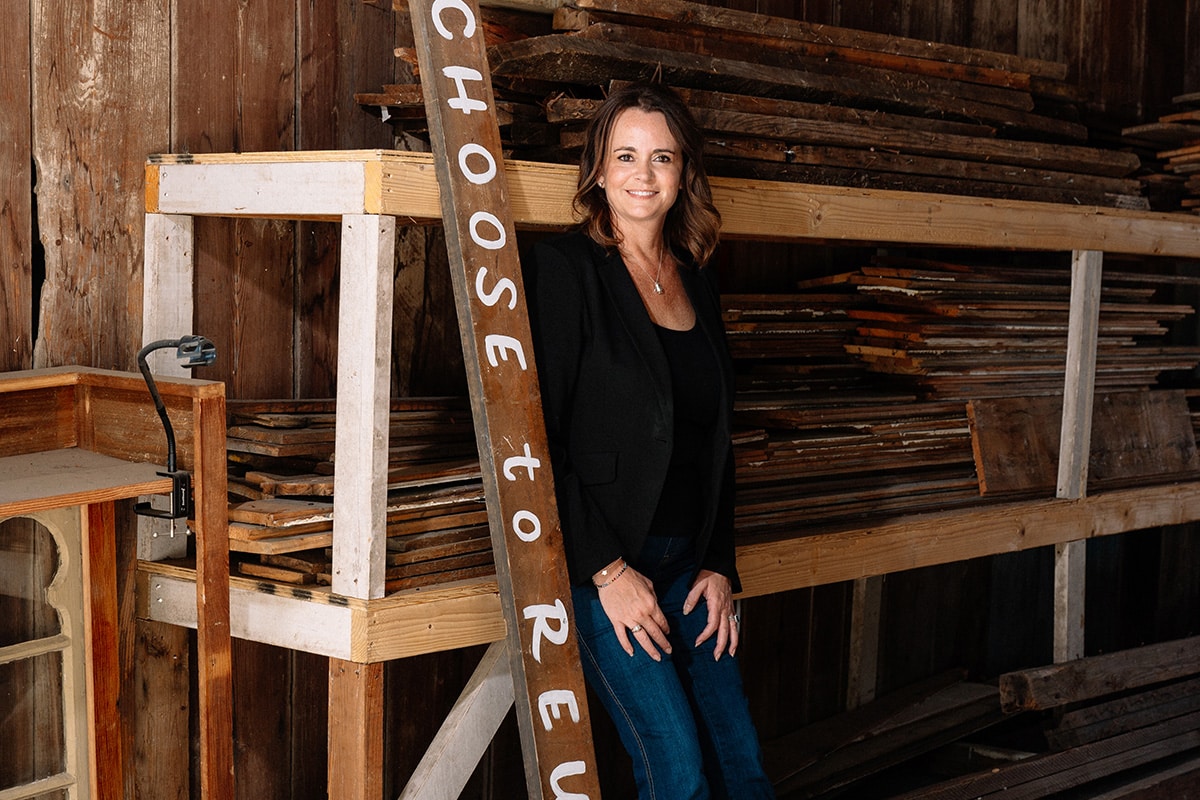
The Office of Historic Preservation (OHP) oversees various programs and projects that preserve San Antonio’s rich cultural heritage. This includes managing historic districts, landmarks, the River Improvement Overlay District along the San Antonio River, and new public projects like libraries.
The OHP also plays a key role in design review for new construction or changes to historic buildings. As the Director of the OHP and Historic Preservation Officer, Shanon Shea Miller, explains, ” We want the historic buildings to be the stars and manage the change, so that continues to be the case.” The office also includes a team of individuals: a city archaeologist, cultural historians, and those researching potential historic designations.
A relatively new focus for the OHP is the deconstruction and circular economy initiative. This program ensures when historic properties are modified or removed, their materials can be repurposed, contributing to affordable housing and minimizing waste. This approach emphasizes reusing materials rather than simply recycling them. Miller notes, “We’re working to build the circular economy in San Antonio as it relates to the built environment.”
When asked about the importance of preserving local history, Miller emphasizes that historic preservation is multi-faceted, touching on “cultural sustainability,” “environmental sustainability,” and “economic sustainability.” Preserving San Antonio’s built heritage is vital in attracting tourism and contributing to the local economy. She points out that “there aren’t examples of successful downtown revitalizations that don’t incorporate historic buildings.”
Recent projects include the “Living Heritage Trades Academy,” a paid apprenticeship program focused on training individuals in traditional trades like carpentry and wood window repair for historic homes. Miller highlights that these educational opportunities and affordable housing projects utilize materials salvaged through the deconstruction initiative. “It stretches those affordable housing dollars while taking advantage of trade education opportunities,” she explains.
Collaboration is central to the OHP’s work. The office partners with the Conservation Society, neighborhood associations, and various city departments. “We work closely with our historic districts coalition to identify concerns or priorities,” Miller shares. This statement underscores the importance of community involvement and input.
Though the OHP’s role is to let individuals know what they can or can’t do with their historic property, their counsel is balanced with resources, training classes, and residents’ connection with skilled contractors to help maintain their historic properties. “We want to help facilitate preservation of properties by being a resource to property owners,” says Miller.
Through various initiatives, collaborations, and community-focused programs, the Office of Historic Preservation actively maintains San Antonio’s unique cultural and architectural heritage through diplomacy, education, and guidance toward helpful resources.
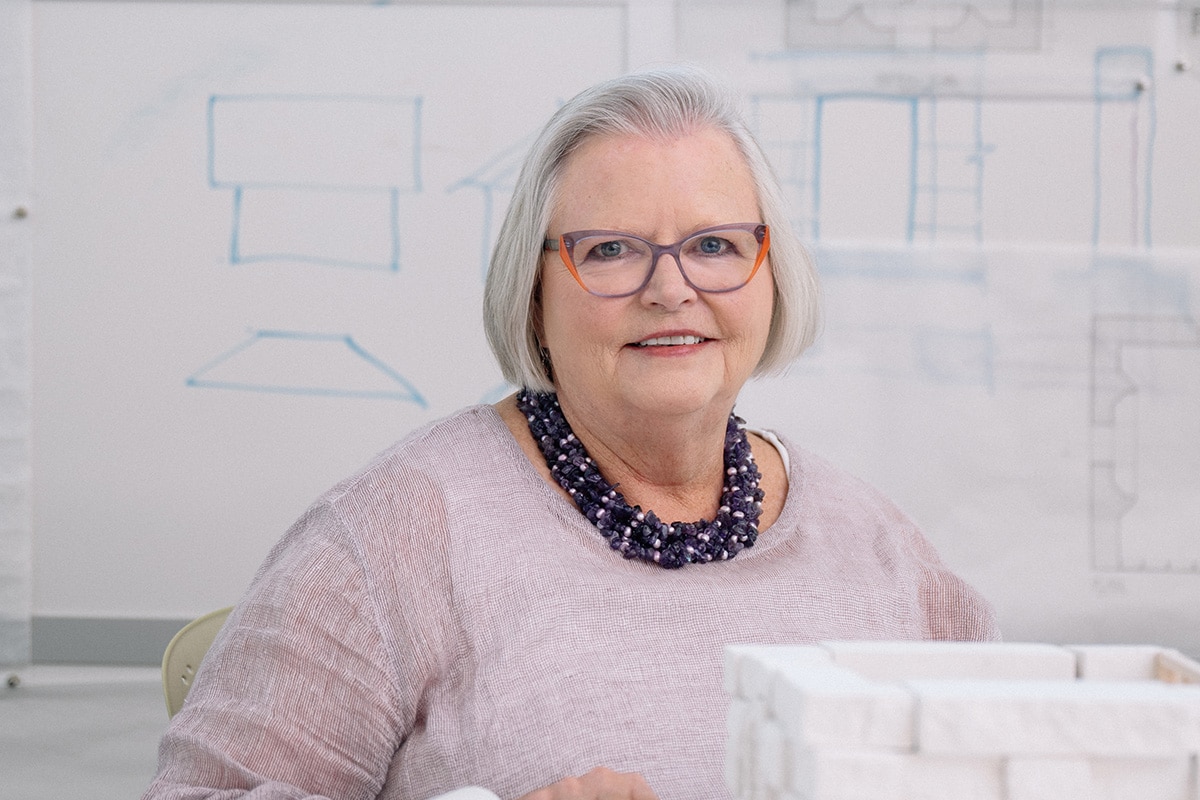
Sue Ann Pemberton-Haugh, former President of the San Antonio Conservation Society (SACS) and Professor of Practice at the School of Architecture + Planning is a leader in historical preservation and modernism for societal advancement.
Founded in 1924, SACS has been a cornerstone of cultural preservation. Unlike many organizations focusing on individual buildings, SACS has always adopted a broader vision. Pemberton-Haugh notes that it differed from some of the other organizations that were started. The Society, founded by two artists, sought to preserve historic structures, the cultural heritage, and the environment that define San Antonio’s identity. “This holistic approach, which focuses on both the built environment and the cultural context, has shaped the city’s unique character,” says Pemberton-Haugh.
Pemberton-Haugh emphasizes that the significance of a building often lies not just in its architecture but in the history and cultural events it represents. A prime example is Lerma’s Nite Club, a modest structure that SACS fought to preserve. While not an architectural gem, Lerma’s was home to Conjunto music for over 50 years—a genre-blending German, Mexican, and Czech tradition distinctively San Antonio. “Often the buildings we fight for don’t seem important, but it’s what took place there that matters,” says Pemberton-Haugh. This fight to preserve buildings and the stories they tell is at the heart of SACS’s mission.
This philosophy of holistic preservation has been key to retaining San Antonio’s distinct identity, which Pemberton-Haugh acknowledges “is quite different from many other cities. We’ve embraced our differences while keeping much of the city’s original character.”
As SACS celebrates its 100th anniversary, it reflects on a century of balancing the old with the new. One notable example of this balance is the 10-year battle over McAllister Freeway. Although SACS was unable to stop the project, the organization successfully influenced the design to maintain the integrity of Brackenridge Park. This adaptability is central to SACS’s mission. Pemberton-Haugh reflects that “as a non-profit, SACS can support, influence, and ‘manage’ change through advocacy and policy development in a way that respects San Antonio’s heritage.”
Pemberton-Haugh likens San Antonio to a salad, where different elements mix while retaining their distinct character. “Preserving San Antonio’s history is about protecting its identity,” she explains. This philosophy drives SACS’s efforts, from inventorying historic gas stations to preserving farm properties. The goal is to safeguard what makes San Antonio unique while allowing for progress.
At its core, preservation is about managing change. “Preservation is how you manage change,” Pemberton-Haugh says. As SACS looks to the future, the organization remains committed to preserving what makes the city unique and balancing tradition with the future ahead.
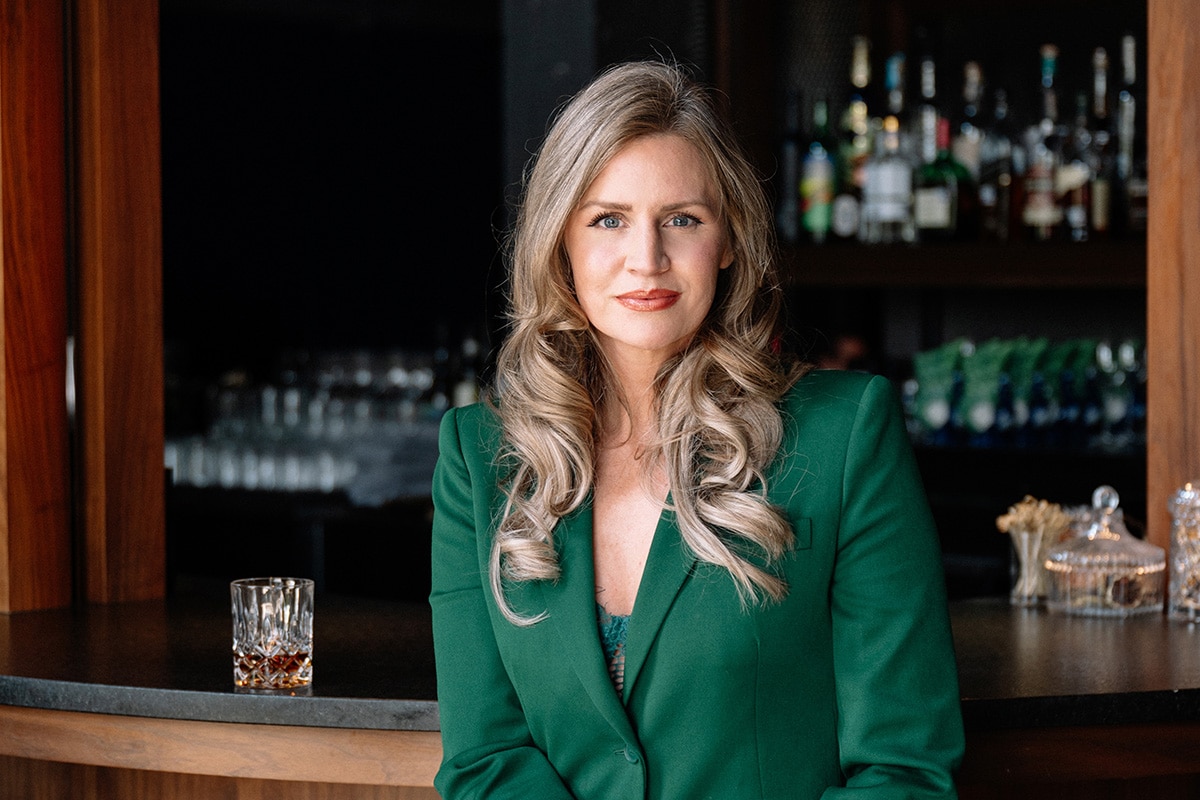
The historic Creamery in San Antonio has transformed from a former creamery and then storage facility into a vibrant, multi-use space that honors the city’s architectural heritage. Angela Burns, Chief Development Officer at Only One Hospitality, played a crucial role in blending respect for history with a vision for modern use. Collaborating with Embrey and Area Real Estate, the redevelopment has earned recognition, with the creamery nominated for several awards in preservation and adaptive reuse.
Burns’s work with Only One Hospitality, a San Antonio-based group, focuses on preserving historic buildings while creating new experiences. “Only One Hospitality started with a Mexican seafood restaurant, Costa Pacifica, on 1604,” Burns said. Since joining the group in 2021, Burns notes, “Over the years, we’ve grown into a hospitality group that extends beyond restaurants, venturing into coffee shops, nightlife projects, and redevelopments.”
The Creamery’s goal was to preserve the building’s structure while creating a space connecting key areas of San Antonio. “There were really good bones in this creamery and a history to it,” Burns said. Its riverfront location and proximity to a park offered a chance to blend historic charm with modern amenities. “This spot is unique with a highway and river, technically riverfront property, and also across the river is designated park.”
The project required collaboration with organizations like the city, the Conservation Society, and Texas DOT. “We had over 20 different organizations sign off before we could get started,” Burns said. This cooperation ensured respect for the building’s original footprint, presenting challenges like preserving the catwalks.
Burns’s role was key in creating a guest experience that merges history with modern hospitality. “I helped craft the experience from the hospitality side—everything from glassware and fabric choices to the flow of seating and where the kitchen would go,” Burns said. The result is a space that shifts seamlessly from morning coffee to late-night music, catering to various tastes.
For Burns, preserving landmarks like the Creamery is about more than maintaining buildings—it’s about preserving a sense of place. “There will never be another Borden Creamery,” she said. “There is a sense of adaptive reuse and preservation that brings identity and pride to a community and helps people stay connected to the roots and culture of what that space, that city, and that community have done.” This philosophy is evident throughout the creamery, where original features have been repurposed as design elements.
The Creamery’s transformation has added a new chapter to San Antonio’s story, honoring its past while serving the present community. “It’s something special to where they walk in, and they see this place as a nod to what it used to be,” Burns said. The project’s success showcases the power of preservation, proving that history can lay the foundation for contemporary buildings.
Progress is truly a collaborative effort, as demonstrated by the work done by the Office of Historic Preservation, The San Antonio Conservation Society, Only One Hospitality Group, and many others. San Antonio cultivates architectural nods to the past, present, and future, demonstrating growth and progress.



